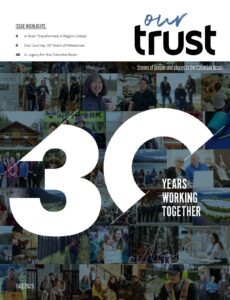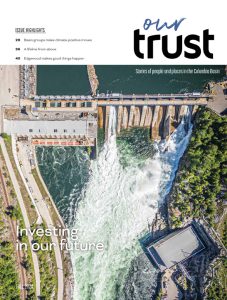Bringing high-speed internet to one of Canada’s most rugged regions
Whether from a chairlift on RED Mountain Resort, the banks of the Elk River or a home office in the Blaeberry, high-speed internet is now part of daily life in the Basin. Reliable connectivity powers how people work, learn and connect—but it wasn’t always this way.
In the early 2000s, many Basin communities struggled with poor internet infrastructure. Students faced slow download speeds, small businesses lost ground, and professionals were often forced to relocate. With high costs and complex logistics, telecom providers were slow to invest in rural networks.
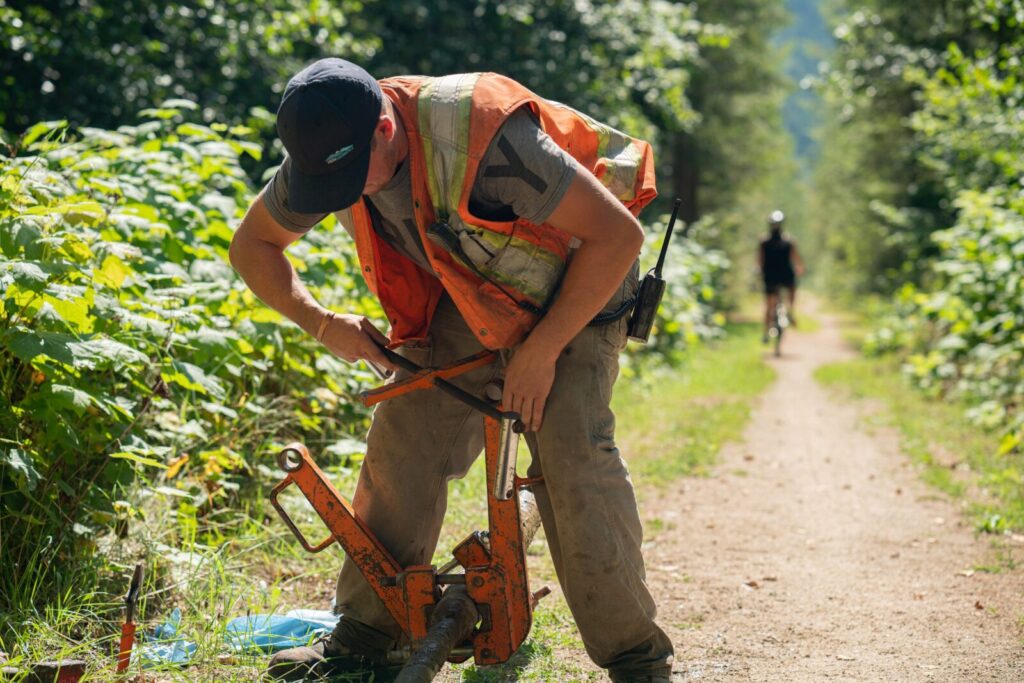
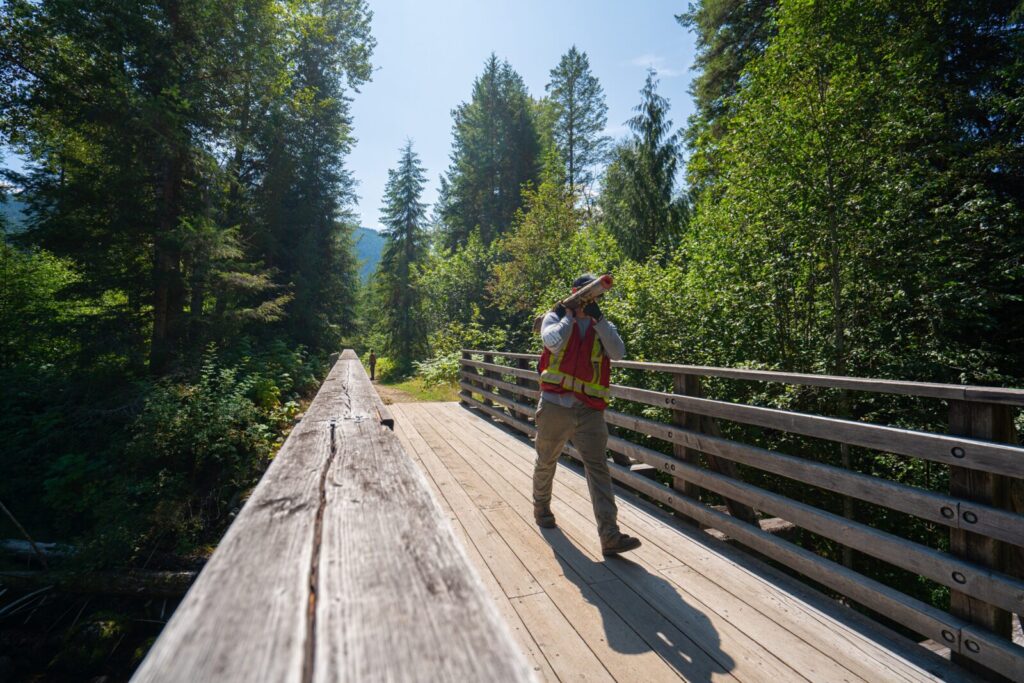
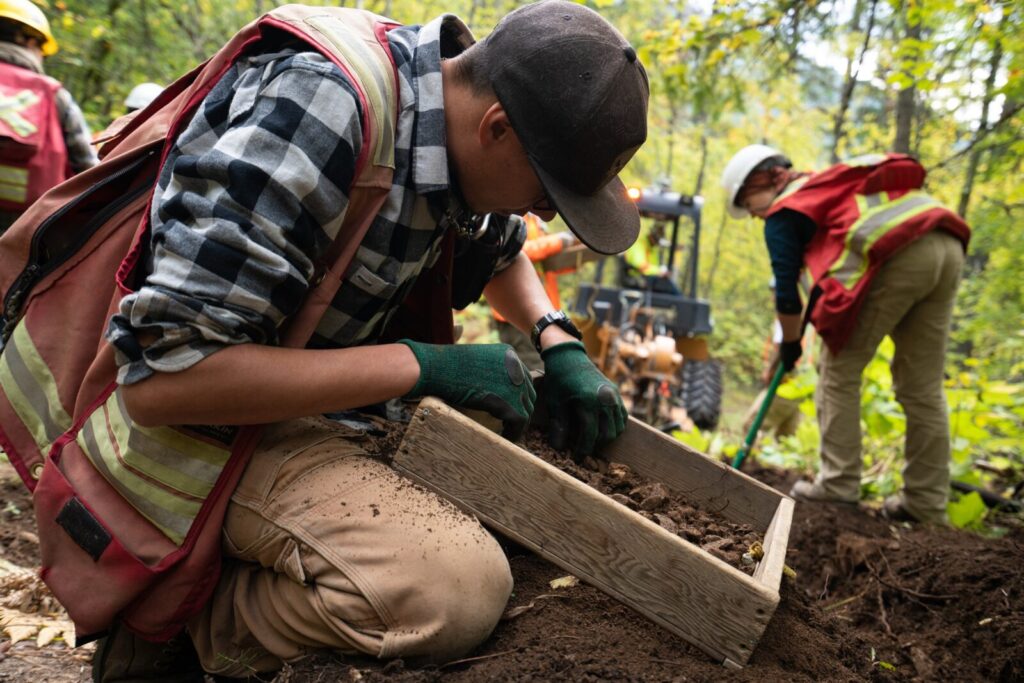
That’s when Columbia Basin Trust stepped in. In 2001, it helped establish the Columbia Mountain Open Network (CMON), a non-profit aiming to create a Basin-wide, open-access broadband network. When
financial challenges stalled the initiative, the Trust acquired CMON’s assets in 2011 and launched a new subsidiary: Columbia Basin Broadband Corporation (CBBC). Its mission? To build a robust fibre optic network that brings affordable, reliable, high-speed internet to underserved Basin communities.
Since 2013, CBBC has activated 1,285 kilometres of fibre optic cable across the region, reaching some of the most remote communities in the Basin. The network provides key connection points for internet service providers, enhancing service to more than 20,000 rural households, improving public and institutional services, and boosting the region’s economic resilience.
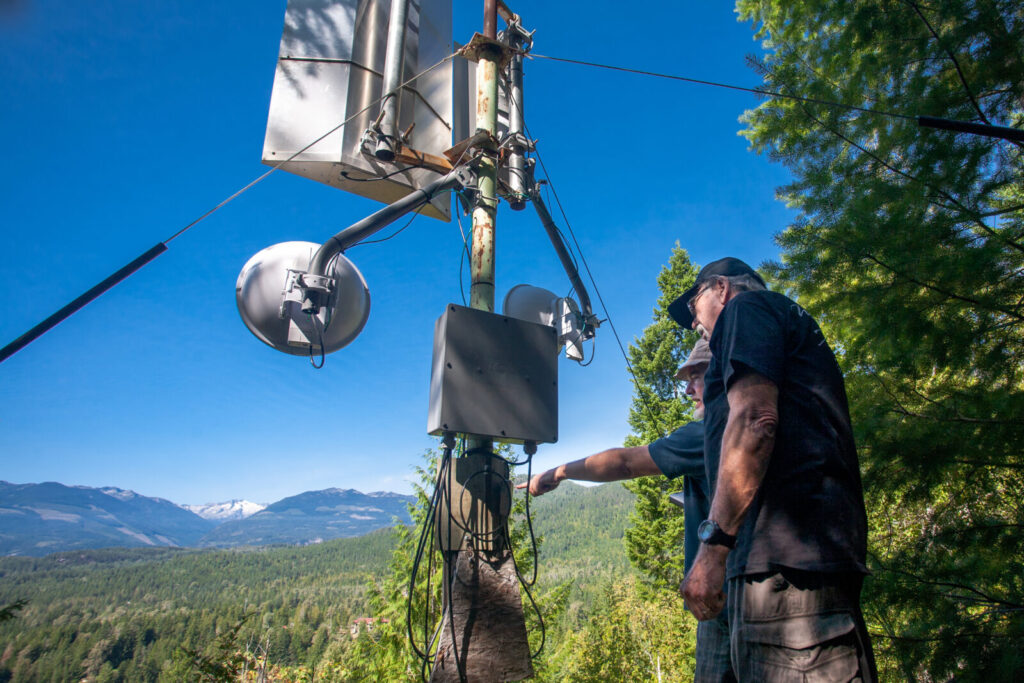
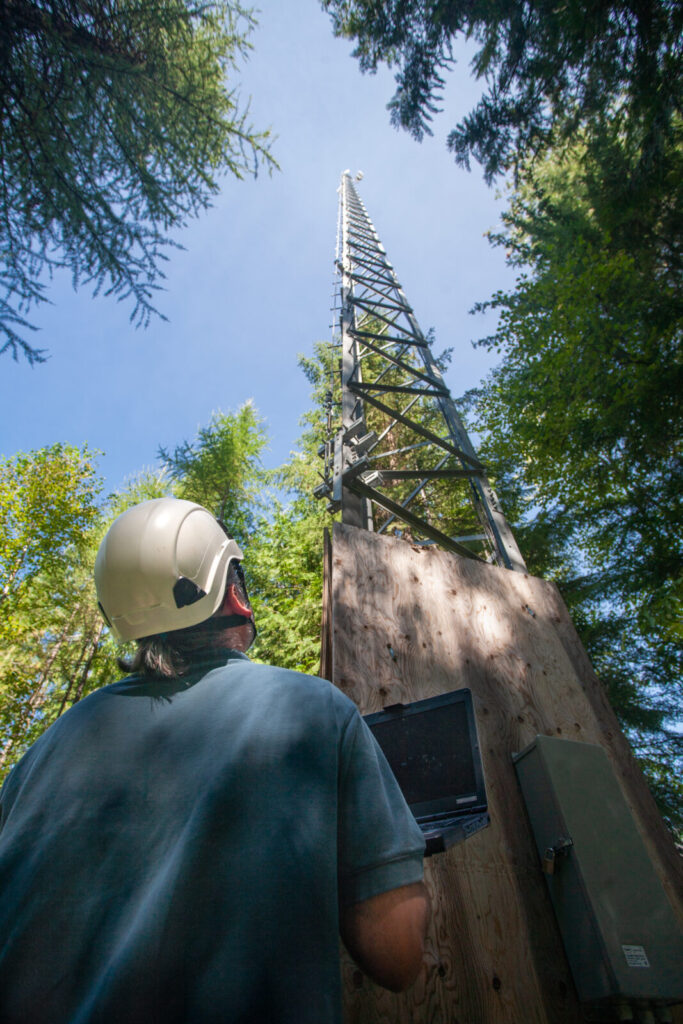
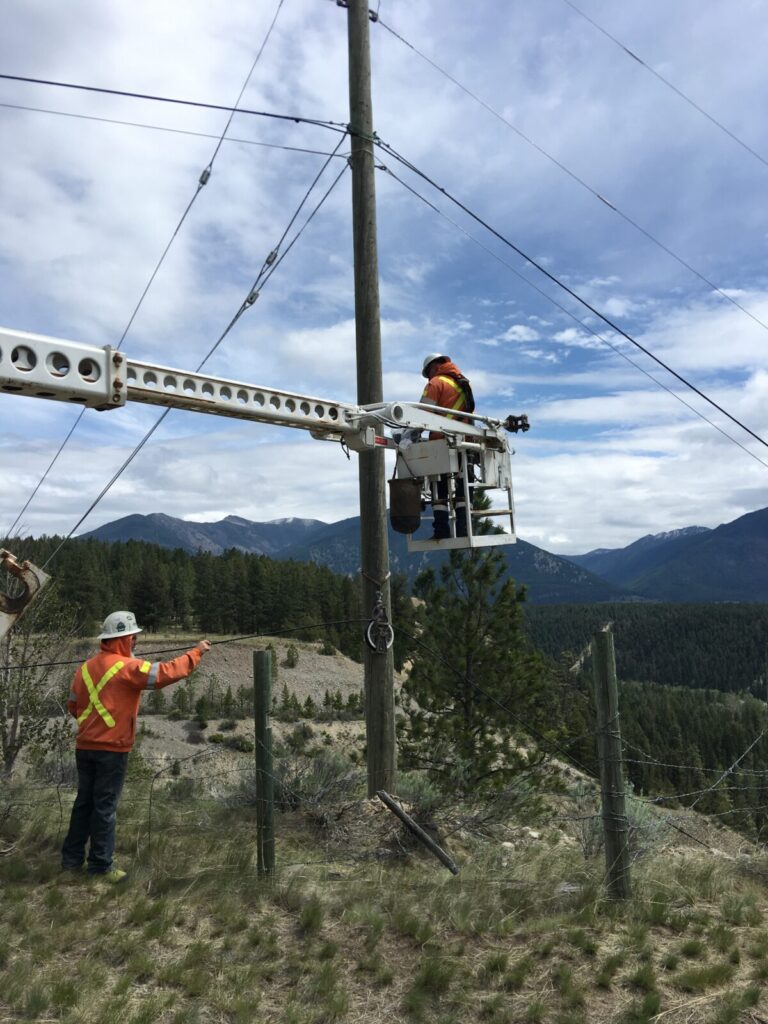
For institutions like Selkirk College, the impact has been transformational.
“We used to struggle with data access between campuses,” says Rena Vandenbos, Chair of the School of Environment and Geomatics and a researcher with Selkirk Innovates. “Now, with a fast and stable connection, our students can collaborate seamlessly—whether they’re in the lab, on campus or logging in from home.”
Student Kai Symington-Kruus agrees.
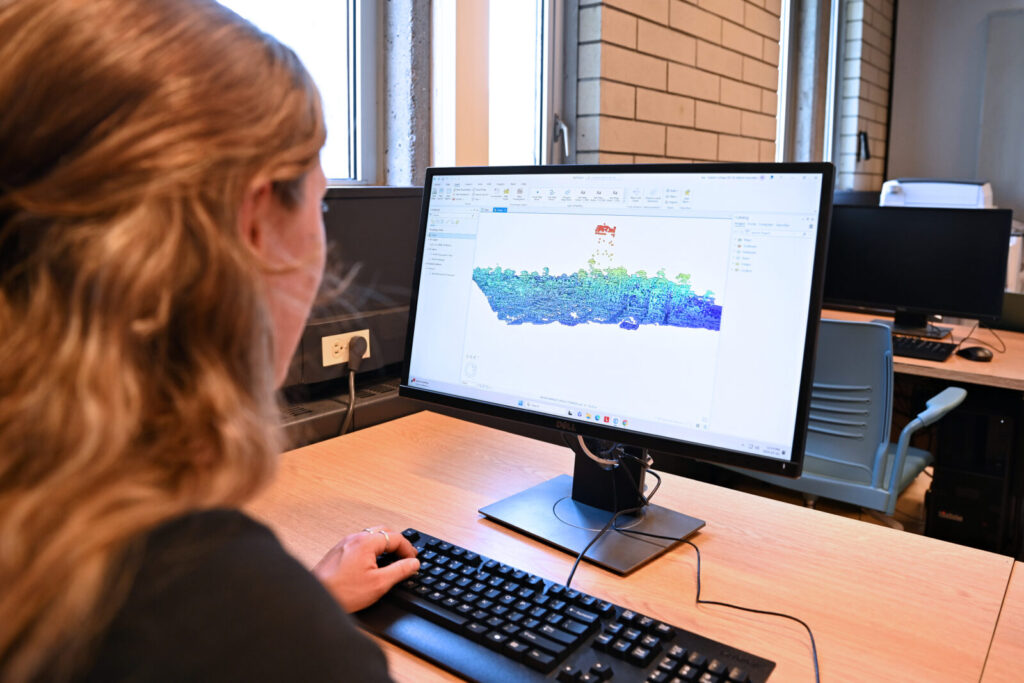

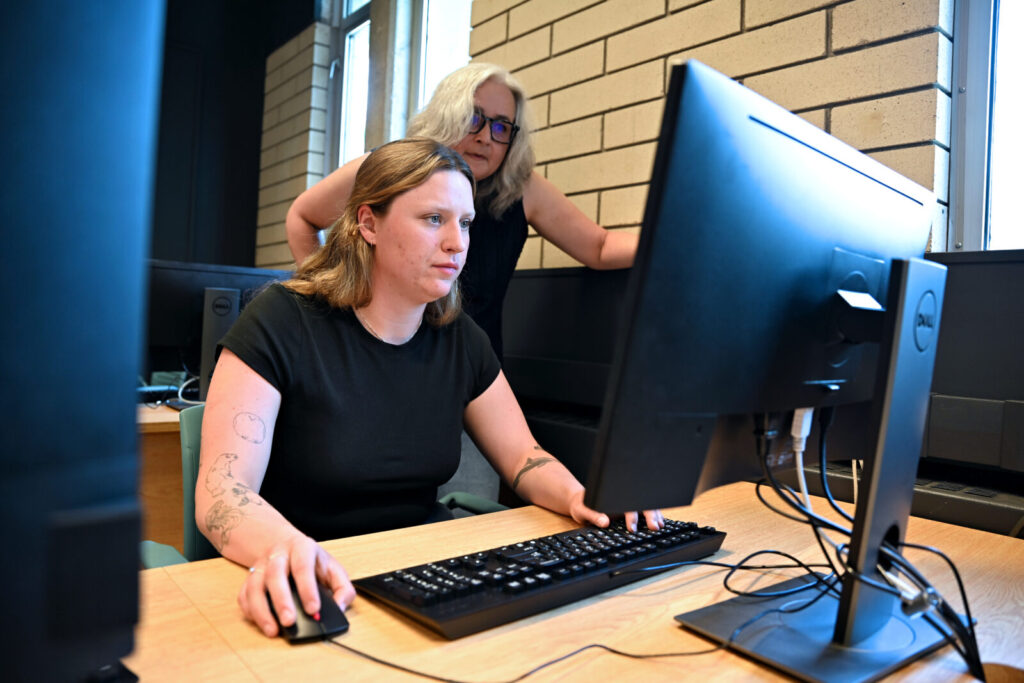
“For one of my favourite projects—creating topographic maps with Digital Fabrication and Design students—having dependable access made a huge difference, especially when sharing large datasets,” she says. “As someone who commutes, the freedom to work from anywhere has been invaluable. And as a co-op student entering the workforce, I truly see the value in this kind of accessibility.”
One major milestone was the 125-kilometre fibre expansion through the Slocan Valley, completed in 2022. In 2023, Columbia Wireless connected to the network, extending service to even more rural households. Additional wireless upgrades are filling remaining coverage gaps.
Now, the largest initiative yet is underway. Connect the Basin is an $82-million project co-funded by federal, provincial and regional governments alongside the Trust. With targeted completion in spring 2027, the project will deliver direct high-speed internet connections to more than 5,400 homes in
59 communities.
None of this progress would have been possible without strong collaboration, particularly the vision and leadership of the Basin’s local governments and the Ktunaxa Nation through the Southeastern BC Regional Connectivity Committee.
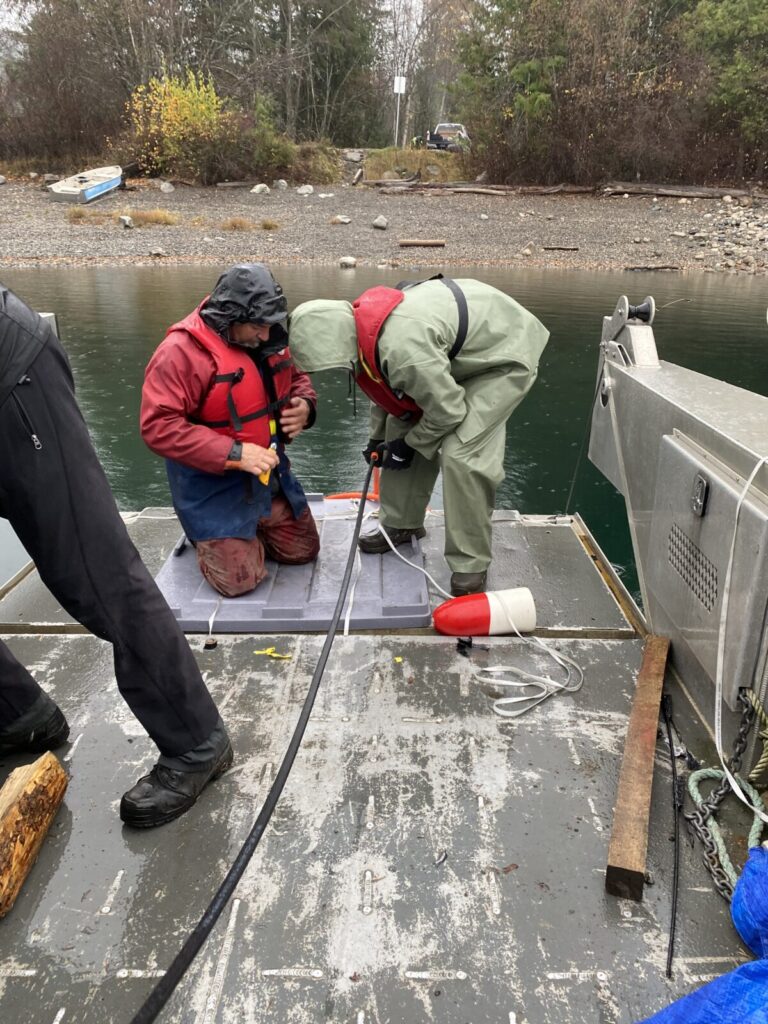

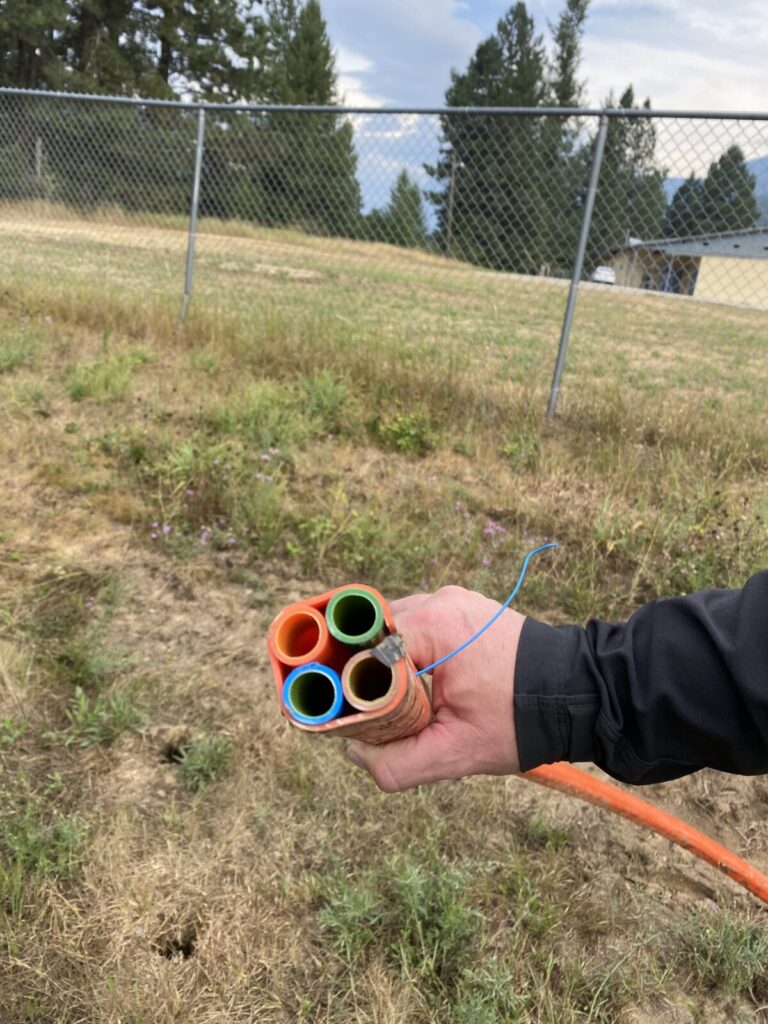
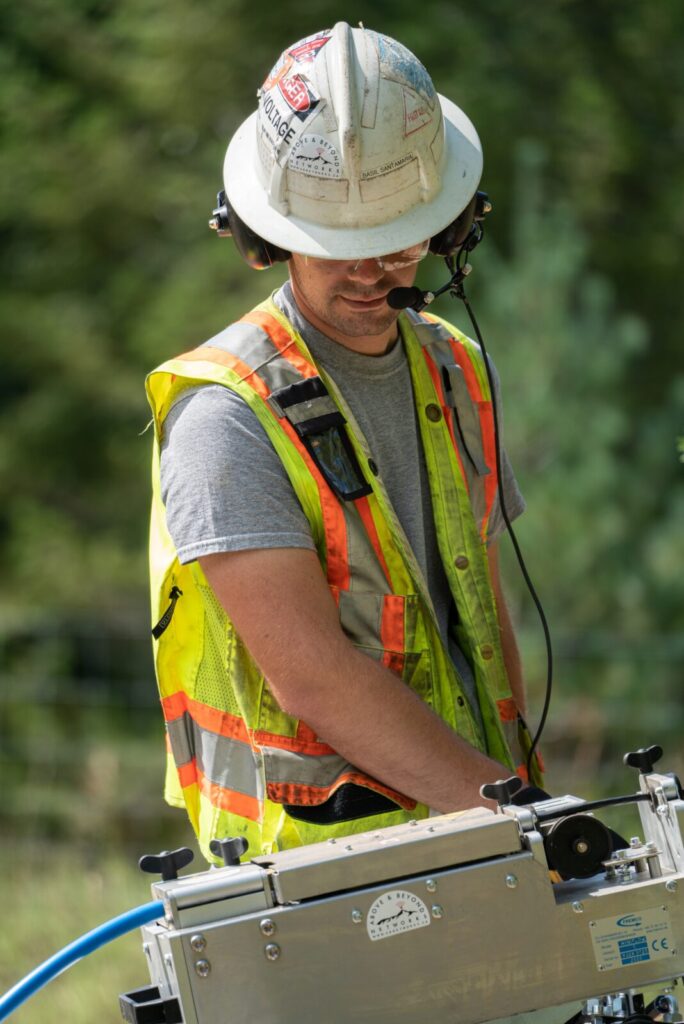
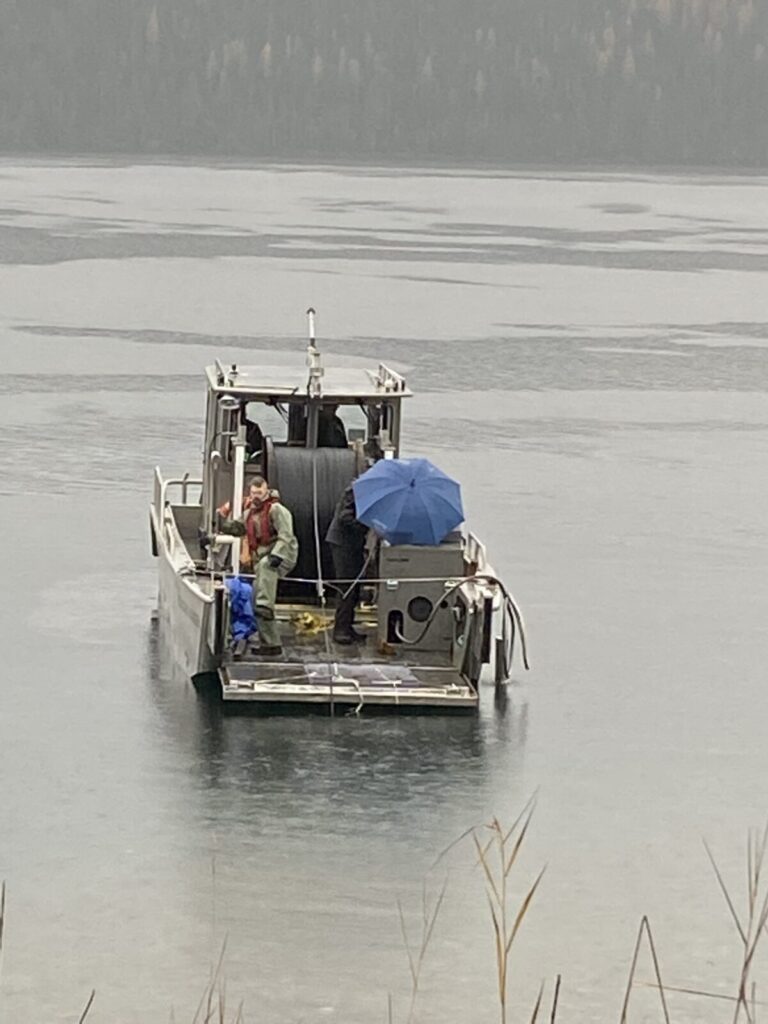
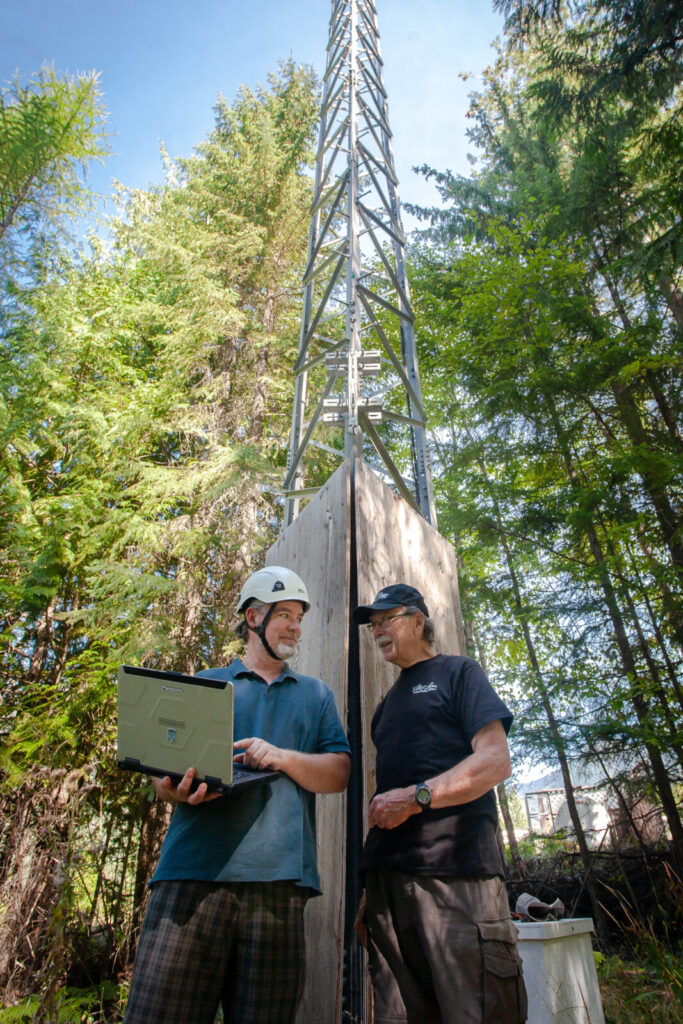
“Connecting rural communities to affordable high-speed internet has been a long-standing goal of the Regional Connectivity Committee,” says Rob Gay, Chair of the Committee. “This major investment reflects years of collaborative work, and we’re deeply grateful to see it coming to fruition. We know it will have a lasting and meaningful impact across the region.”
Moving forward, the region is well positioned to benefit from ongoing service delivery through local providers and partners, ensuring residents continue to access economic, educational, health and emergency services enabled by connectivity. The Trust stepped in when few others could—and thanks to years of collaboration, communities across the Basin are more connected and future-ready.



